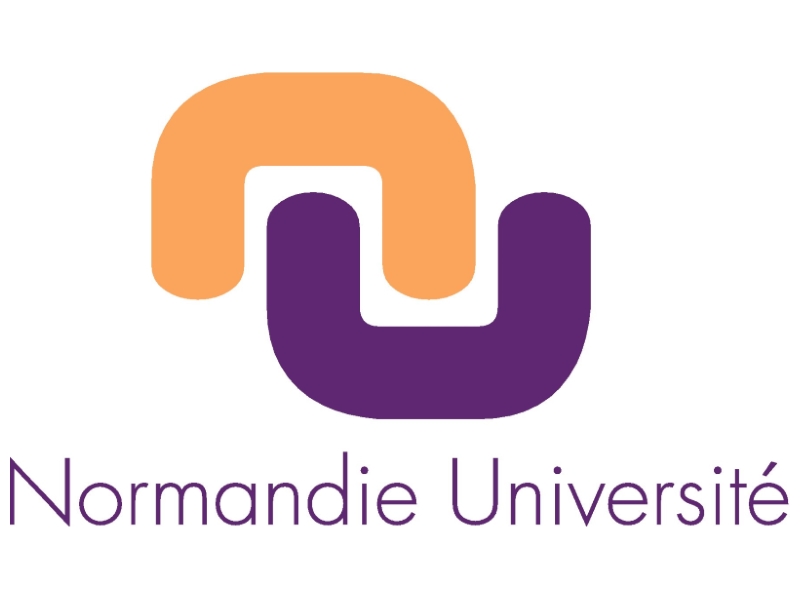Informations
DIRECTEUR :
Arnaud DUCROT
Mél : arnaud.ducrot@univ-lehavre.fr
SECRÉTARIAT :
Fanny LETERC-LEGER
Téléphone : 02 32 74 45 41
Mél : fanny.leger-leterc@univ-lehavre.fr
Lucie LIOT
Téléphone : 02 32 74 45 54
Mél : lucie.liot@univ-lehavre.fr
Horaires du secrétariat:
Du Lundi au Vendredi de
8h30-12 h30 / 13h30-17h00
ADRESSE POSTALE :
Université du Havre
LMAH
25, rue Philippe Lebon
BP 1123
76063 Le Havre cedex
France
Accueil
Le LMAH est le seul laboratoire de mathématiques de l’université Le Havre Normandie. Il développe des travaux de recherche académiques et appliqués qui s’inscrivent dans le contexte normand, national et international.
Il a fixé un unique axe fédérateur de recherche intitulé:
Cet axe s’est considérablement développé au cours des vingt dernières années, tant du point de vue des méthodes que de la formalisation et des outils d’analyse de ces systèmes. Le réseau national des SC (RNSC) définit un système complexe comme un système constitué d’un grand nombre d’entités hétérogènes qui forment le support d’interactions locales générant des structures collectives et des organisations sur de nombreux niveaux d’échelles (http://rnsc.fr/). Le LMAH s'inscrit dans cette définition, en particulier en étudiant des réseaux d'EDP (par exemple des systèmes de systèmes d’EDP et les “patterns” qui en émergent) ou des réseaux et plateformes en logistique.
Ainsi, les membres du LMAH travaillent à la modélisation de problèmes concrets, à l’analyse de ces modèles par des
outils mathématiques et à l’élaboration de stratégies efficaces pour l’optimisation des performances, en s’intéressant à
deux applications majeures :
- Modèles du vivant
- Modèles en logistique
Les travaux de recherche du LMAH, centrés sur la mise en place et le traitement mathématique de modèles pour les systèmes complexes essentiellement déterministes, ont été appliqués à des systèmes issus de différents domaines tels que le vivant (neuroscience, écosystèmes, épidémiologie), les phénomènes extrêmes (catastrophes naturelles), la logistique (supply chain, logistique portuaire et industrielle, transport intelligent).
Ce thème fédérateur est investi par l'intermédiaire de deux champs mathématiques:





